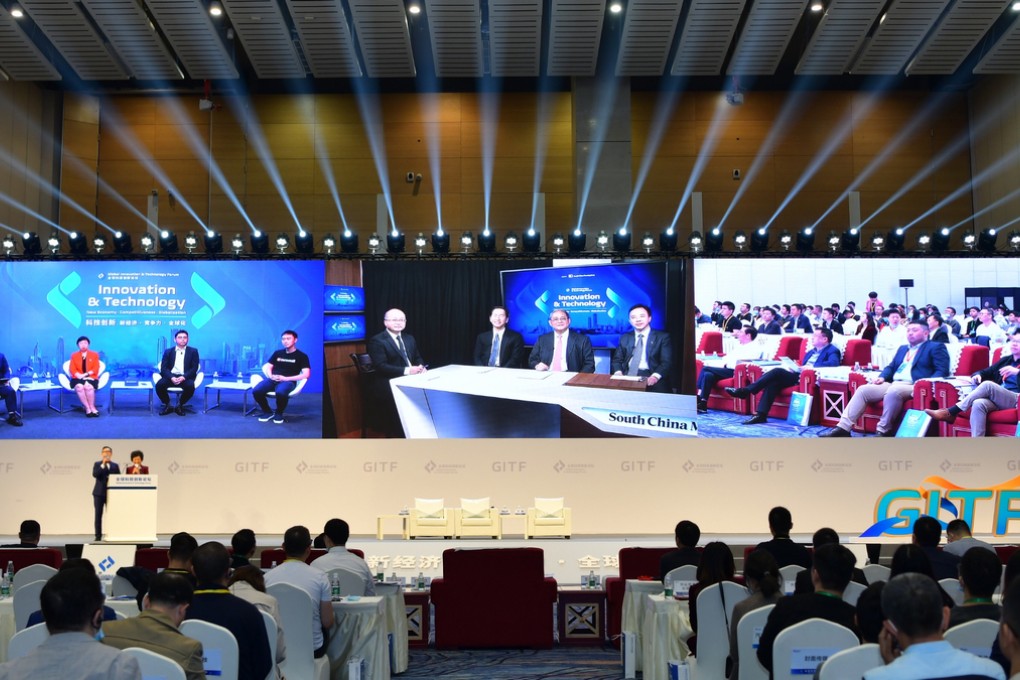Forum redefines new economy
Luminaries from around the region share their insights on the new economy, competitiveness and globalization post-pandemic in an online forum streamed from Chengdu, Hong Kong and Singapore

[Sponsored Article]
Covid-19 is both a crisis and an opportunity to move towards a new economy as the global pandemic measures have accelerated the growth of digital technology.
However, as global economies seek to bounce back from the crisis, it’s time to step up efforts to nurture innovation, and leverage partnerships and hubs like Chengdu, Hong Kong and Singapore, said experts at the inaugural Global Innovation and Technology Forum.

He reckoned that there are political, legal and policy barriers which in turn restrict economic and social development. To address this, he urged the world to break down national silos and facilitate better international collaboration on a global scale.
Covid-19 and the new normal
Hit hard by the Covid-19 pandemic, the International Monetary Fund said emerging Asian economies are the only region with anticipated GDP growth – albeit by a mere one per cent – in 2020, while the rest of the world has negative growth.
Another keynote speaker, Dr Beh Swan Gin, chairman, Singapore Economic Development Board, Singapore Government, said that the economic impact of measures to contain Covid-19 has led to rising nationalism in many countries and is tempting some to raise barriers to investment and trade.